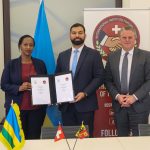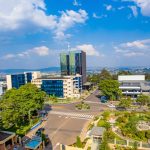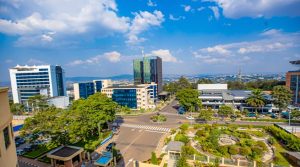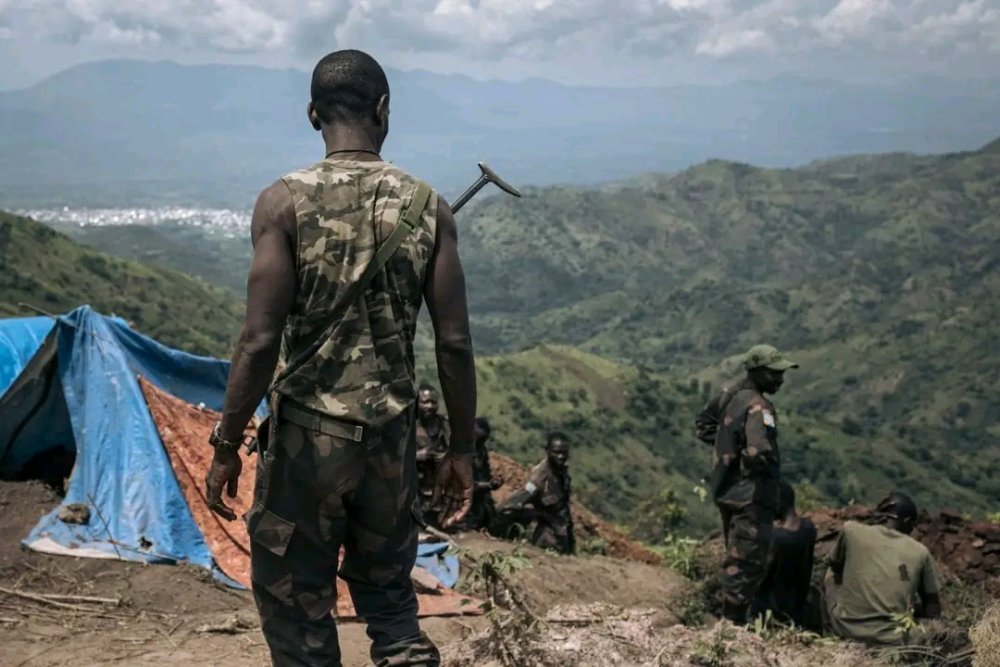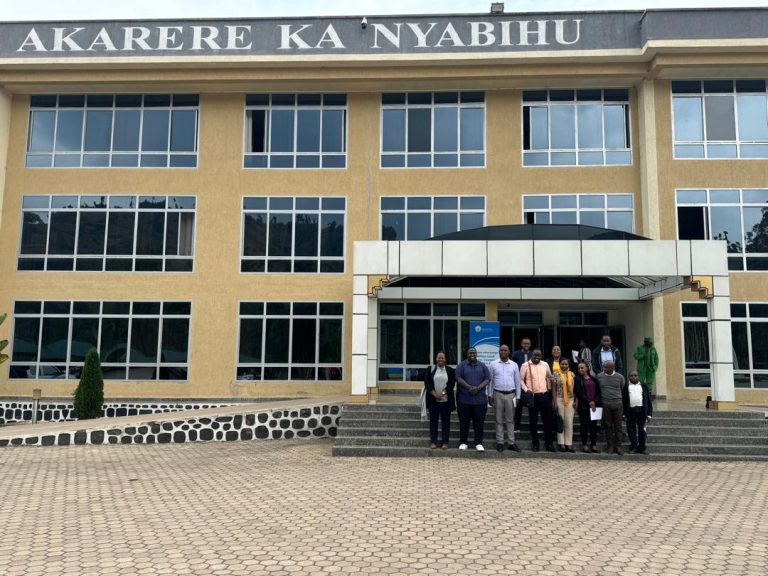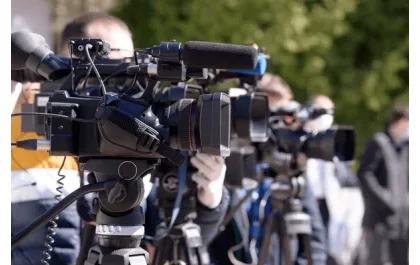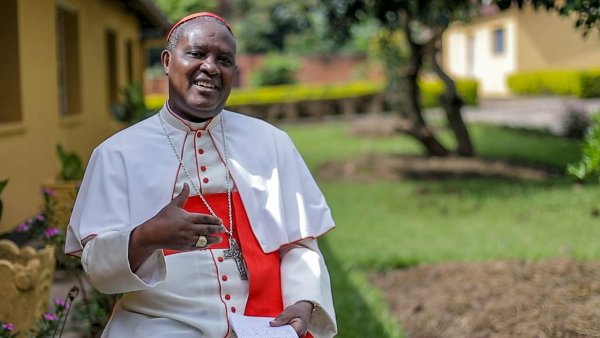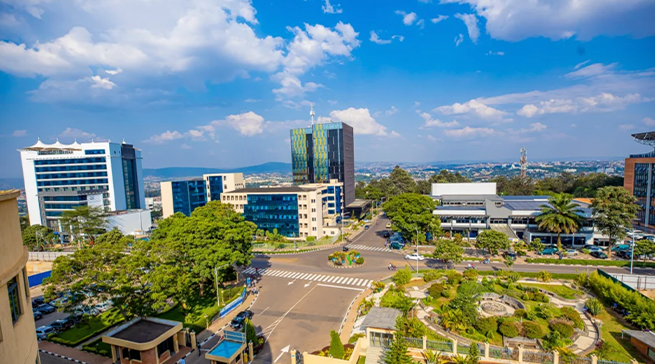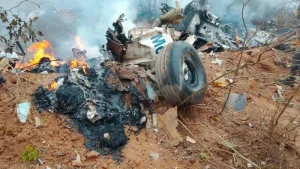The conflict in eastern Democratic Republic of the Congo (DRC) has flared once more as the government’s military forces carried out a series of heavy attacks in areas controlled by the rebel coalition Alliance du Fleuve Congo (AFC) including its armed wing M23. The strikes reportedly targeted several locations in the North Kivu province, heightening fears of a return to large-scale combat even as peace talks are underway.
Geographic Scope and Targeted Areas
According to the AFC/M23 spokesperson, Lawrence Kanyuka, the assaults began early in the morning and involved both drones and long-range artillery. The specific zones cited include Kibati in the Walikale territory, Bibwe, Nyabiondo and Bukombo in Masisi, as well as surrounding border regions. These areas fall within North Kivu province, which has been a hotbed of rebel control and military action.
Kanyuka reported that civilians including women and children are bearing the brunt of this renewed aggression, with the numbers of wounded and displaced steadily rising. He warned that the indiscriminate nature of the strikes points to a deliberate strategy by Kinshasa to “finish the war on the Congolese people.”
Rebel Response & Rights to Self-Defence
Kanyuka stated that the AFC/M23 “has no choice but to exercise its right to self-defence” in the face of what it calls a campaign of violence targeting civilians. He asserted that the movement will use “all possible means” to protect non-combatants and to punish those it deems perpetrators of criminal acts.
On the government side, the DRC military spokesperson, Sylvain Ekenge Bomusa, responded to questions about the attacks by comparing them to the admonition “if someone slaps you on the left cheek, turn the right.” In effect, he implied that the army is compelled to hit back rather than passively endure ongoing assaults.
A Pause in Talks, But Violence Escalates
The striking of these zones comes while peace negotiations between the DRC government and the AFC/M23 continue – aided by mediation from Doha (Qatar). The timing has raised concern that the military operations may undermine or derail the broader peace process. The AFC/M23’s Secretary-General, Benjamin Mbonimpa currently in Qatar signalled that the latest violence risks stalling the talks.
Wider Context & International Eye
This flare-up must be understood against a backdrop of earlier agreements and renewed mistrust. In mid-October, the DRC government and the AFC/M23 signed a mechanism to monitor cease-fire commitments.
Yet, despite the diplomatic track, multiple reports indicate that both sides continue to consolidate military and territorial gains in eastern DRC, including via drone strikes and fighting in Masisi and Walikale.
The expanding operations of the DRC military in rebel-held areas may reflect a strategic attempt to reassert state presence, but they also risk increasing civilian casualty counts and provoking further escalations.
Humanitarian Implications
Observers have warned that renewed large-scale strikes in rebel-controlled zones typically produce high numbers of displaced persons, civilian casualties and disruption of essential services. According to a monitoring note, the UN Secretary-General in early October flagged that eastern DRC remained one of the world’s most serious humanitarian crises, with rebel expansion and new abuses continuing despite peace arrangements
What Lies Ahead
The coming days will be crucial. If the DRC military extends its operations deep into AFC/M23-held territory, the risk of full-blown conflict returning to the scale of earlier years looms. The mediator states (including Qatar) and international bodies will need to determine whether the cease-fire monitoring mechanisms remain viable or are being undermined by on-the-ground realities.
Meanwhile, the AFC/M23’s claim of the right to self-defence and the government’s insistence on responding to aggression suggest that neither side is yet willing to defuse the military dimension in favour of purely diplomatic resolution.
For civilians caught between the two sides, the situation is bleak: the echoes of gunfire and drones in the hills of North Kivu portend another chapter in the long and violent saga of eastern Congo.
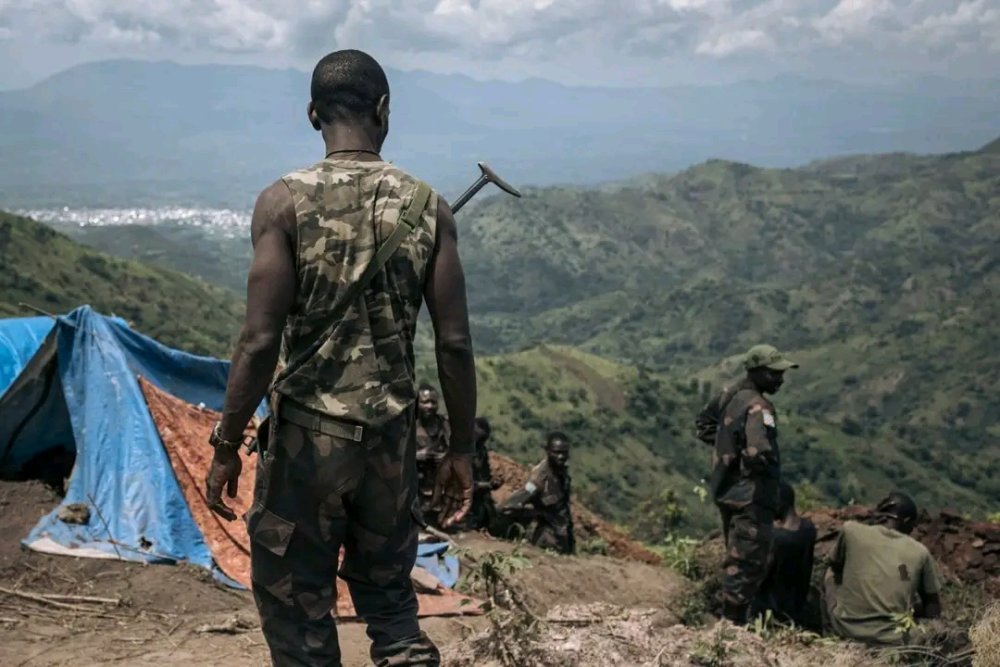
Author: Justinmind HARERIMANA

